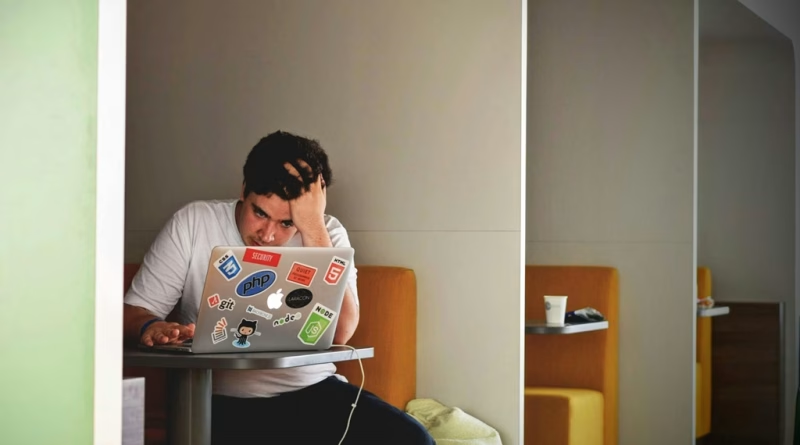How to Keep Your Laptop from Overheating
We’ve all felt it: that moment when the bottom of your laptop becomes uncomfortably hot, the fans start screaming like a tiny jet engine, and everything slows to a crawl. An overheating laptop isn’t just an annoyance; it’s a direct threat to your device’s performance and long-term health.
When a laptop’s internal components, like the CPU and GPU, get too hot, they automatically “thermal throttle”—slowing themselves down to prevent permanent damage. This is what causes that frustrating stuttering and lag during a gaming session or when you have too many tabs open.
The good news is that in most cases, you can solve overheating issues with a few simple, common-sense steps. Here’s a guide to keeping your laptop cool, quiet, and running at peak performance.
1. The Foundation: Give It Room to Breathe
This is the simplest and most important step. Laptops have small air intake vents (usually on the bottom) and exhaust vents (usually on the sides or back). If you block these vents, the fans can’t do their job.
- How to fix it:
- Never use your laptop on a soft surface like a bed, a pillow, or a couch. Blankets and fabric conform to the bottom of the machine, completely blocking the intake vents and suffocating it.
- Always use your laptop on a hard, flat surface like a table or a desk. This ensures there is a small gap underneath for air to be pulled in.
- Consider a laptop stand. A simple stand that elevates the back of your laptop not only improves ergonomics but also dramatically increases the airflow underneath the machine, which is a huge win for cooling.
2. The Quick Fix: Manage Your Software
The harder your laptop works, the more heat it generates. You can reduce its workload by managing your software.
- How to fix it:
- Close Unused Browser Tabs: Your web browser, especially with many tabs open, is one of the biggest resource hogs. Close any tabs you aren’t actively using.
- Check Task Manager: Press Ctrl + Shift + Esc (on Windows) or open the Activity Monitor (on Mac) to see what’s using your CPU. Sometimes a rogue background process can get stuck and use 100% of your CPU power, generating massive heat. If you see an app you’re not using at the top of the list, close it.
- Adjust Power Settings: In Windows, go to your Power Plan settings and choose a “Balanced” plan instead of “High Performance” for everyday tasks. This will prevent your CPU from running at its maximum speed when it doesn’t need to.
3. The Essential Maintenance: Clean Your Vents
Over time, dust and pet hair are the mortal enemies of every laptop. They get sucked into the fans and clog the heatsink fins, trapping hot air inside.
- How to fix it:
- Completely shut down your laptop and unplug it.
- Take a can of compressed air.
- Give a few short bursts of air into the exhaust vents (where the hot air blows out). This will dislodge the dust bunnies from the inside. Do not blow air directly into the intake fans, as this can sometimes cause them to spin too fast and get damaged.
- Doing this every few months will keep the internal airways clear and your laptop breathing easy.
4. The Power User’s Tools
If you’ve done all of the above and your laptop (especially a gaming laptop) is still running hot, you can consider these next steps.
- A Laptop Cooling Pad: These are stands with built-in fans that actively push cool air into the bottom of your laptop. While they aren’t a magic bullet, they can genuinely help reduce temperatures by a few degrees during intense gaming sessions.
- Undervolting (Advanced): For experienced users, software tools can be used to slightly reduce the amount of voltage going to the CPU. This can result in a significant temperature drop with little to no loss in performance, but it should be done with caution and research.
By following these simple steps, you can prevent your laptop from overheating, ensuring it runs quieter, faster, and lasts longer.




